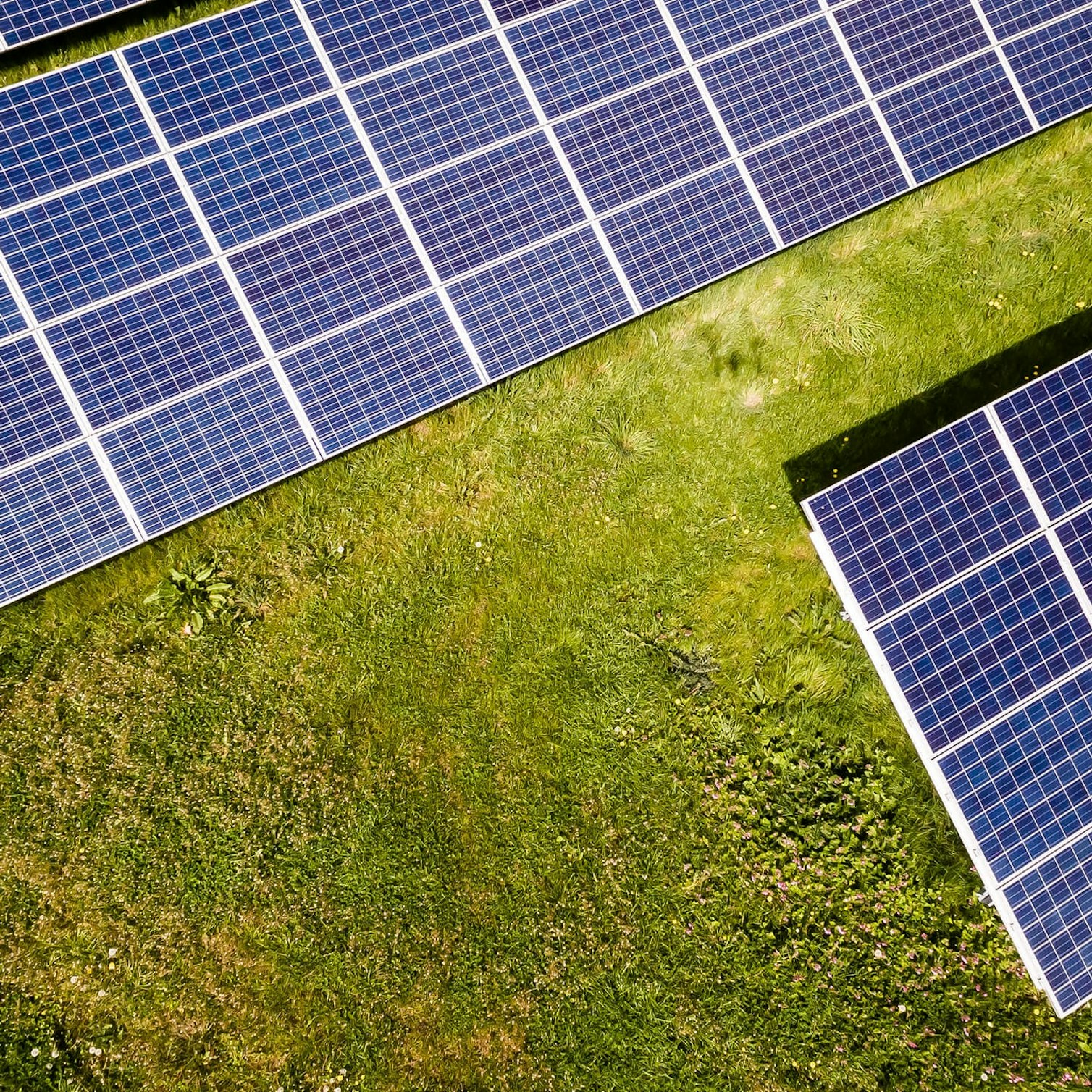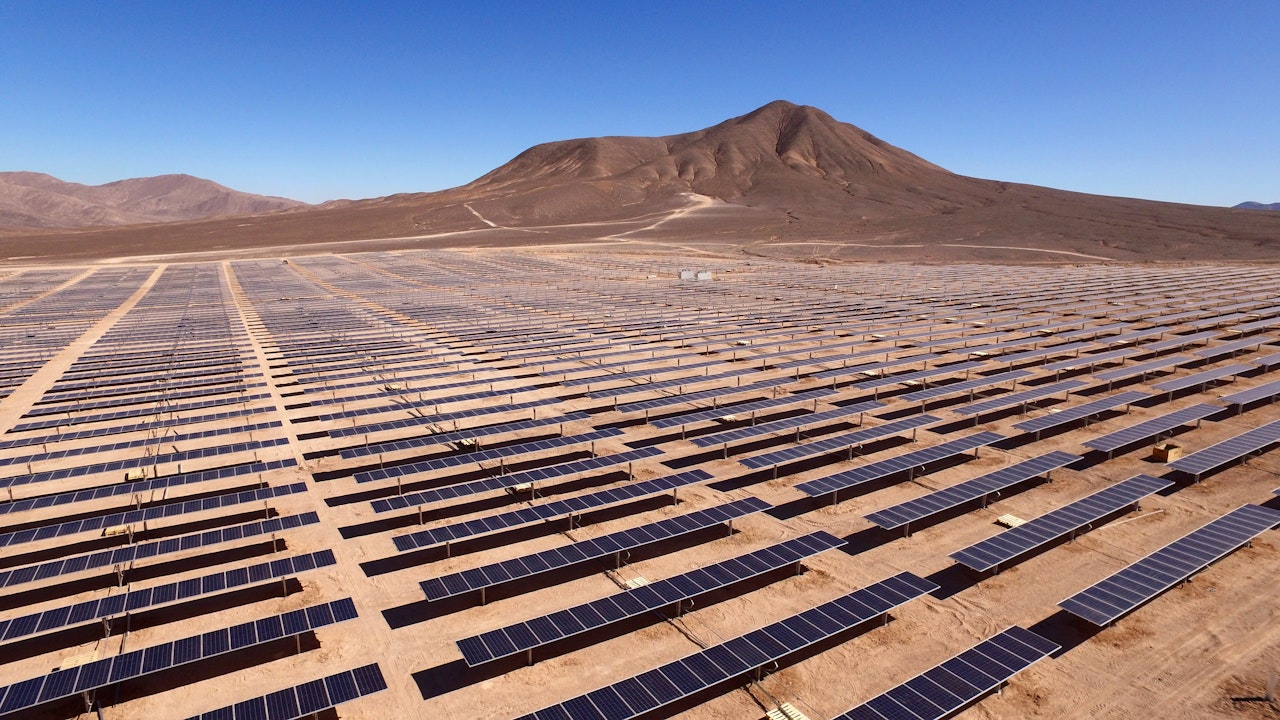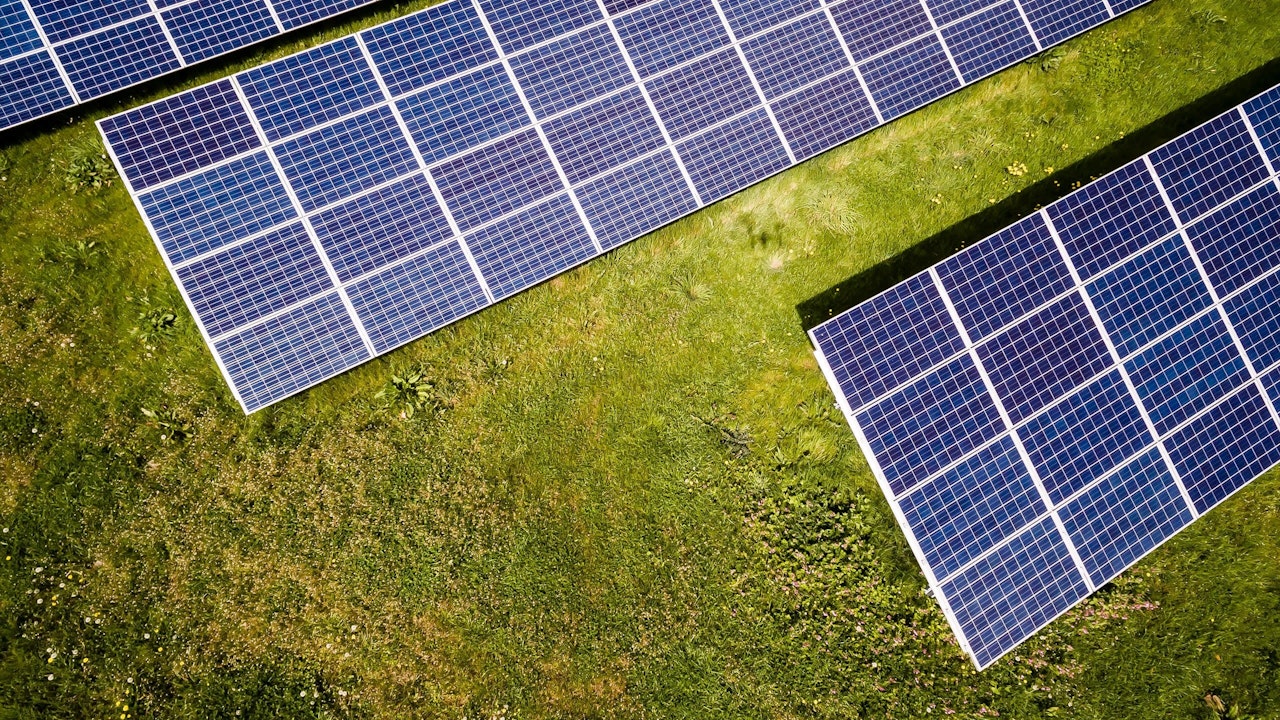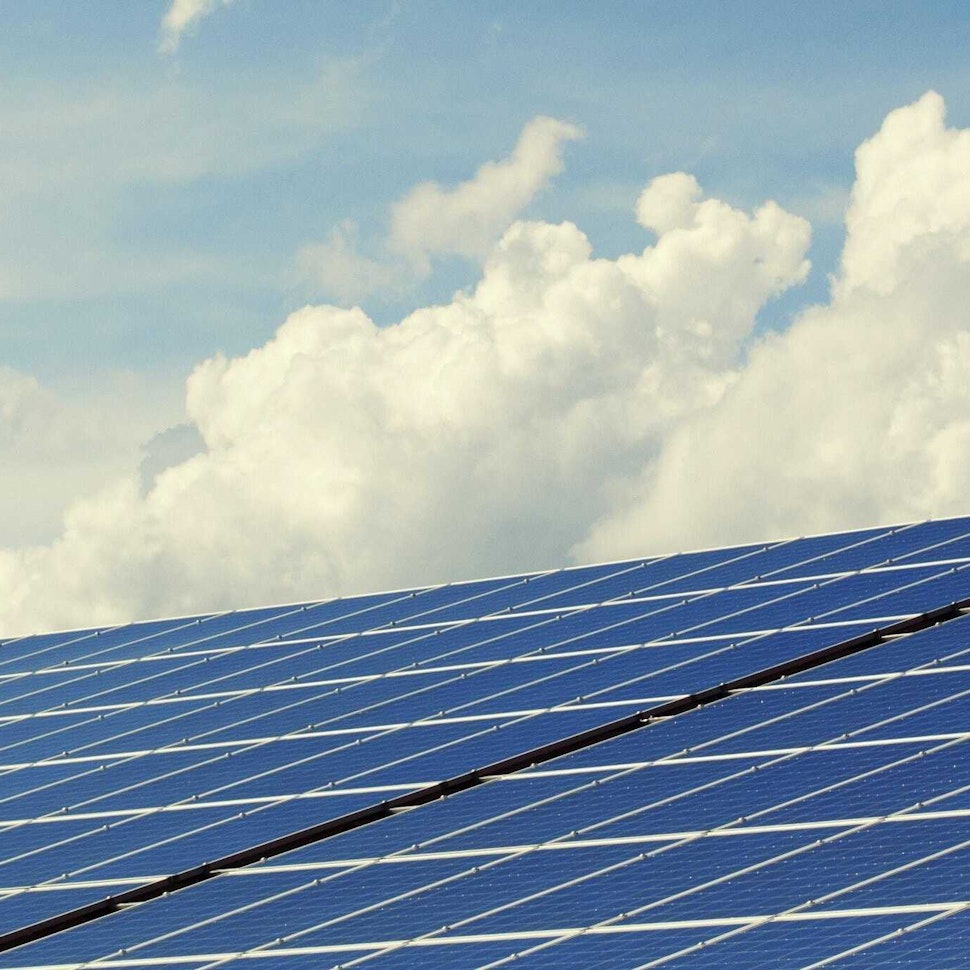- Solar energy blog
- The state of PV recycling: Building a solar circular economy
The state of PV recycling: Building a solar circular economy
Discover how end-of-life solar panels can be reused as part of the circular economy and the countries implementing a PV recycling program of their own to salvage these valuable materials.



Content
What happens to solar panels when they reach the end of their lifespan? Unfortunately, many end up in landfills. Find out what steps are being taken to improve solar panel recycling.
If adopting solar photovoltaic (PV) power generation is crucial to the world’s energy transition, recycling solar panels once they reach the end of their lifecycles is essential for a green and sustainable industry.
While solar power generation produces electricity without carbon emissions, it creates a different environmental problem when waste solar panels end up in landfills around the world. PV recycling is fundamental to an industry centered on renewal. Recovering components from waste to produce new solar panels will offer new revenue streams, reducing the demand for mined raw materials. And it presents new opportunities to create jobs.
Recycling complex solar equipment has its challenges, however. But, some initiatives show that the industry is up to the task.

Are you into renewable trends? You can't miss our report on the solar and renewable energy trends to follow in 2023. Download it today for free!
Managing PV waste is imperative
Solar panels, which were installed 20 years ago, are reaching the end of their operational lifespans. There were a few hundred megawatts of solar capacity installed globally in the early 2000s, which means that, so far, early solar panel models are generating a relatively small volume of waste.
Jump to the present day, and despite current technologies extending the lifespans of solar panels to 25-30 years, solar installed capacity is also growing significantly.
In 2022, 268GW of new solar capacity was installed globally. This is an increase from 183GW in 2021 and is projected to rise to 315GW in 2023. As a result, the world could face a deluge of waste solar panels in the decades ahead. This raises an important question: what should be done with them when replaced?
While in the past, the International Renewable Energy Agency (IRENA) estimated that solar panel waste could reach a staggering 78 million tons by 2050, ongoing growth in the sector means we need to anticipate even higher numbers. In fact, the value of recycled waste material could exceed $15 billion by 2050. These valuable materials could be sold on the international markets or used to produce 2 billion new solar panels, securing future raw material supply and creating a circular economy.
In order to establish an infrastructure for solar panel recycling as an integral part of the supply chain, it is important to break down the primary materials that make up a solar panel to get a clear picture of what recycling involves.
A typical silicon PV module contains around:
75% glass
10% plastic
8% aluminum
5% silicon
1% copper
1% other metals such as lead, tin and indium
Thin-film PV modules are closer to 90% glass, but they still contain small amounts of toxic metals like cadmium.
Challenges arising in 2023 have further highlighted the importance of solar panel recycling. Grid congestion, tech advancements, geopolitical concerns, and the availability of rare-earth minerals all impact the PV sector and make recycling seem more appealing.
It’s clear why, as solar panels are decommissioned, recycling them (to recover these materials) is much better for the environment than disposing of them. Yet, recycling costs are higher than disposal costs, meaning financial incentives and a regulatory framework are needed to help establish facilities
Tackling the challenges of solar panel recycling
What are some of the initiatives that are working to address the challenge of solar recycling?
Europe is the only region globally that has regulations in place requiring solar panel producers to collect and recycle the panels they sell.
The Waste Electrical and Electronic Equipment (WEEE) Directive added minimum collection and recovery obligations for PV panels in 2012. Waste management firm Veolia launched Europe’s first solar recycling plant in France in 2017, ramping up its capacity from 1,400 metric tons of material, in the first year, to 4,000 metric tons by 2021. The plant recovers nearly 96% of the materials from a panel.
United Kingdom
Solar panel waste in the UK is projected to reach at least 1 million tons by 2050, up from just 650 tons in 2020. The UK Environment Agency has set out specific requirements under the WEEE legislation for PV producers to finance the collection and disposal of solar panels.
Recycle Solar offers a decommissioning, collection, and recycling service for residential installations and industrial-scale sites in the UK and Ireland. The company extracts 90% of the glass and 95% of the semiconductor materials from the PV panels for use in new panels.
Australia
Other countries are starting to recognize the need for regulatory support. Australia installed a record 2.6GW of solar capacity in 2020 and could add another 24GW of rooftop PV systems by 2030, raising concerns about the disposal of waste.
As in many countries, solar panels are the fastest growing electronic waste stream in Australia without a dedicated recycling infrastructure. The country could generate more than 100,000 tons of waste panels by 2035. Current solar recycling facilities in Australia can only reclaim up to 17% of a panel — primarily the aluminum frame — leaving the rest for disposal.
Encouragingly, the state government of Victoria banned electronic waste from landfill in 2019. It’s currently leading a national working group to develop a PV waste management policy using Australia’s national product stewardship legislation. Formed in 2016, the group is assessing options for industry and co-regulatory schemes, which would see either a voluntary program put in place or a government framework setting minimum requirements that industry would have some discretion to achieve. The group will issue a Regulatory Impact Statement and make recommendations to Australia’s state, territory, and federal governments for a coordinated approach.
Plus, the state government of New South Wales announced in August 2020 it would award A$10 million through a Circular Solar grants program to trial projects that increase recycling of solar panels and battery storage systems.
United States
By mid-2020, more than 7 million tons of PV panels had been installed in the US before capacity additions accelerated in the second half of the year. In 2023, respondents of a RatedPower survey rated the US as the country with the highest growth potential, overtaking China for the first time.
Recycle PV Solar, one of the nation’s few solar recycling companies, formed an integrated partnership with the European PV Cycle waste management scheme to run a service to collect, treat, and recycle used solar panels and components.
The National Renewable Energy Laboratory (NREL) at the US Department of Energy last year carried out research into the best strategies for PV recycling. The study recommends:
Focusing on developing extraction processes to recover the high-value silicon metal from panels
Finding ways to reduce costs
Increasing the amount of material that can be recycled
India
With ideal conditions for solar power generation, India has ambitious plans to boost its installed capacity from around 36GW currently to 100GW in the coming years. The Signify Foundation, which brings lighting to underserved communities, off-grid solar association GOGLA, and the PV Cycle scheme, has provided seed funding for the Solar Waste Action Plan (SWAP) led by sustainability project management firm Sofies.
The project aims to provide a blueprint for the responsible management of solar waste in India and help develop a dedicated infrastructure. In its first phase, the project established a pilot PV recycling plant in September 2020, with an initial daily processing capacity of 2.5 tons that will increase to 150-200 tons by May 2022. The pilot recovers around 60-80% of the material from panel waste such as aluminum, glass, and plastic and is working to refine the process to recover the high-value metals.
These initiatives are proof that there’s valuable work being done to establish a circular economy in the PV supply chain

But, this is the only beginning, and more work from like-minded initiatives, government support, and funding are paramount to ensure recycling is put on the solar panel agenda.
RatedPower can help optimize your solar PV planning project, making the most efficient use of panels and other system components.
Latest stories
Related posts
Technology and engineering
Innovation in renewable energy: Developments expected in 2025
We look at the 10 biggest renewable industry developments that are making a green future possible, including perovskite solar cells, green hydrogen, and more.
Updated 18 MAR, 25

Market analysis
Breaking down solar farm costs: Free template inside
Updated 27 SEP, 21

Market analysis
Solar energy in Australia: a 2021 market analysis
Updated 11 MAY, 21

- RatedPower
- Solar energy blog
- The state of PV recycling: Building a solar circular economy
